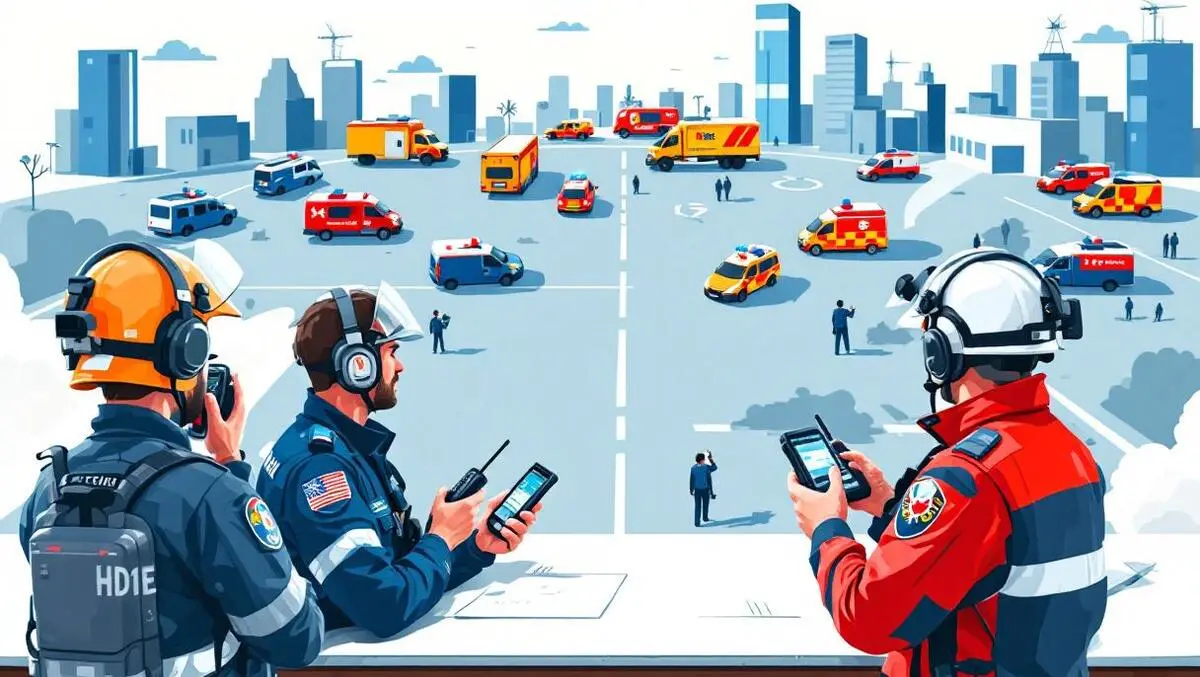
Trial aims to boost cross-border emergency communications
Public safety agencies from multiple states have commenced a trial aimed at enabling cross-border emergency communications using Motorola Solutions' mission-critical technology.
The agencies have begun a Proof of Concept (POC) that will run over the coming months, demonstrating how Motorola Solutions' Critical Connect can provide interoperable communication and personnel location data to emergency services working across state lines.
The technology allows participating agencies to connect their land mobile radio networks through a secure, cloud-based interoperability gateway. This facilitates seamless roaming between radio networks, enabling both real-time voice communications and the sharing of location information as well as status updates.
According to Motorola Solutions, these capabilities are intended to support operational coordination and responder safety, particularly during large-scale emergencies and unplanned events that require resources from more than one jurisdiction.
Cross-border challenges
Coordination between agencies from different states has been identified as a challenge during disaster situations, where communication systems can often be siloed or incompatible. The current trial seeks to address this by providing a platform where radios and personnel can communicate and be tracked in real-time, even as they move outside their home coverage areas.
"When natural disasters strike, emergency services often need to collaborate with agencies in other jurisdictions to coordinate their responses," said Con Balaskas, Managing Director, Motorola Solutions Australia and New Zealand. "Interoperable communications that work reliably across state borders enhance incident awareness and collaboration for first responders to help protect communities when it matters most."
The system being trialled, Critical Connect, is promoted as both secure and scalable. It is operated via the cloud and is designed to allow multiple agencies and networks to be brought together onto a common communications backbone.
Real-time location data allows emergency services to pinpoint assets and personnel in the field, which is viewed as a significant improvement on existing systems where coordination of resources across borders can be hindered by incomplete information or communication barriers.
Background and recommendations
The trial aligns with a recommendation from the 2020 Royal Commission into National Natural Disaster Arrangements, which highlighted the need to improve emergency communication and collaboration when first responders operate across state borders. During previous disasters, such as bushfires and flooding, challenges were experienced as agencies from different states worked together on major incidents.
The POC will gather operational data and feedback from agencies, with the objective of understanding the practical benefits and challenges of the system in real-world scenarios. Outcomes are expected to inform future decisions regarding the adoption and potential rollout of the interoperability solution on a larger scale.
Looking to outcomes
The trial is being closely observed by emergency management authorities and policymakers, who have identified improved communication as essential for effective disaster response. By enabling interoperability and real-time situational awareness, the agencies involved aim to enhance both the safety and the effectiveness of emergency personnel in the field.


